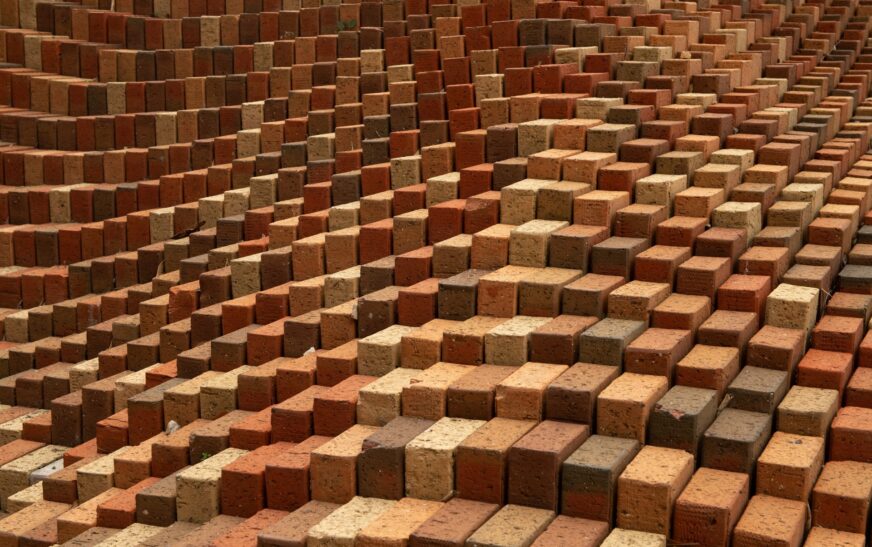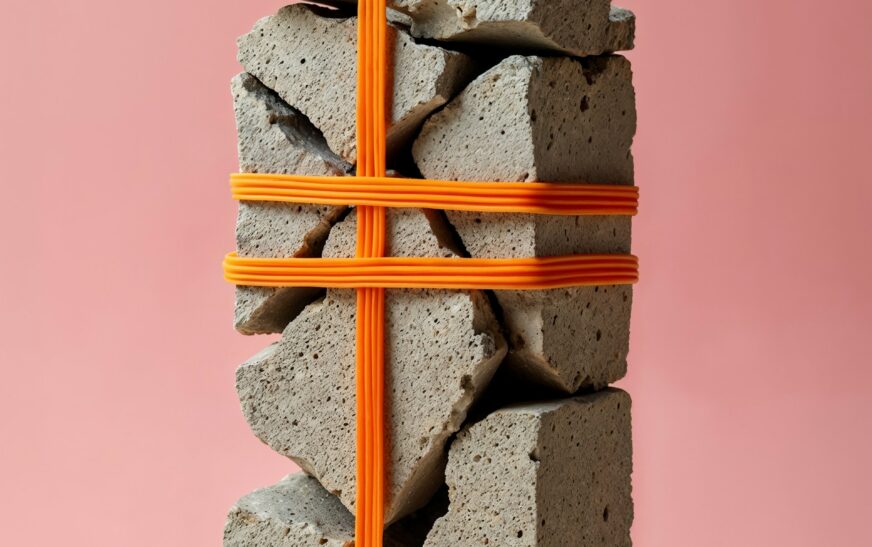Ah, the holiday season—time for twinkling lights, festive cheer, and… staring at your brick walls wondering how on earth you’re supposed to hang anything without turning your home into a DIY casualty.
Brick is beautiful, classic, and durable—but it’s not exactly the friendliest surface for nails, tacks, or staples. The good news? You can hang Christmas lights on brick without cracking it, drilling into it, or summoning a contractor. You just need the right tricks.
Why Brick Is Tricky
Unlike wood, vinyl siding, or stucco, brick is:
- Hard: Hammering can be tricky.
- Uneven: Not every surface is flat, making clips or hooks tricky to attach.
- Porous: Dust, dirt, and rough textures can sabotage adhesives.
Older bricks? Even more unpredictable. Some spots are solid as a rock, others crumbly as cookie crumbs. That means decorating brick often calls for creativity, patience, and a touch of holiday cunning.
1. Adhesive Brick Clips – The No-Drill Favorite
These little gadgets are like magic hooks for bricks.
How they work: They latch onto the edges of bricks, using the natural overhang to hold your lights in place.
Best for: Uniform bricks with clean, defined mortar lines.
Limitations: Uneven, chipped, or tiny bricks might not accommodate clips.
Perks: Super quick to install, easy to remove, no tools, no mess, no regrets.
2. Brick Light Clips with Adhesive Backing
Not all clips hook—some stick. Adhesive-backed clips allow you to place lights directly on the flat face of the brick.
Advantages: Placement flexibility—you’re not limited to mortar lines.
Things to watch: Clean your brick first. Dust, mildew, or moisture will kill adhesion. Apply in warm weather for best results.
Perfect for: Lightweight fairy lights or icicle strands. Don’t go overboard—these aren’t for heavy-duty displays.
3. Hot Glue Gun – The Secret Weapon
Yes, a hot glue gun can be a lifesaver for hanging lights on brick. It sounds crafty, but pros actually use it.
How it works: A dab on the light’s plastic base, press onto the brick, hold 10–15 seconds. Glue hardens quickly, bonding to the rough surface.
Bonus: Usually removable without major cleanup; leftover glue can be scraped off gently.
Heads-up: Cold weather can make glue brittle—so plan accordingly.
4. Masonry Anchors – For Permanent Displays
If you plan to hang lights in the same spot year after year, consider anchors in the mortar rather than the brick itself.
Why mortar? Easier to repair and less risky than drilling into the brick.
Tools needed: Masonry drill bit, wall plugs, outdoor screws.
Ideal for: Heavy light displays like curtains or oversized bulbs.
Yes, this involves drilling—but done right, it’s permanent, discreet, and totally reliable.
5. Magnetic Hooks – Only Sometimes
Some older bricks with iron content can work with strong magnets.
Tip: Test with a small magnet before investing in magnetic clips. Most modern bricks won’t budge.
Read More : How Much Does a Brick Way? Unpacking the Weight of This Building Essential
Extra Tips for a Stress-Free Setup
- Plan your layout first: Know power source locations, strand lengths, and connection points.
- Use outdoor-rated lights: Brick holds heat and moisture—cheap indoor lights won’t last.
- Don’t overload circuits: Beautiful displays are fun, but safety first.
- Cleanup: When lights come down, check for leftover clips, adhesive, or debris. Use gentle cleaners; avoid metal tools that could scar your brick.
With the right approach, hanging Christmas lights on brick doesn’t have to be stressful—or destructive. Whether you’re using clips, adhesive, glue, or anchors, your home can sparkle this holiday season without a single brick harmed.










